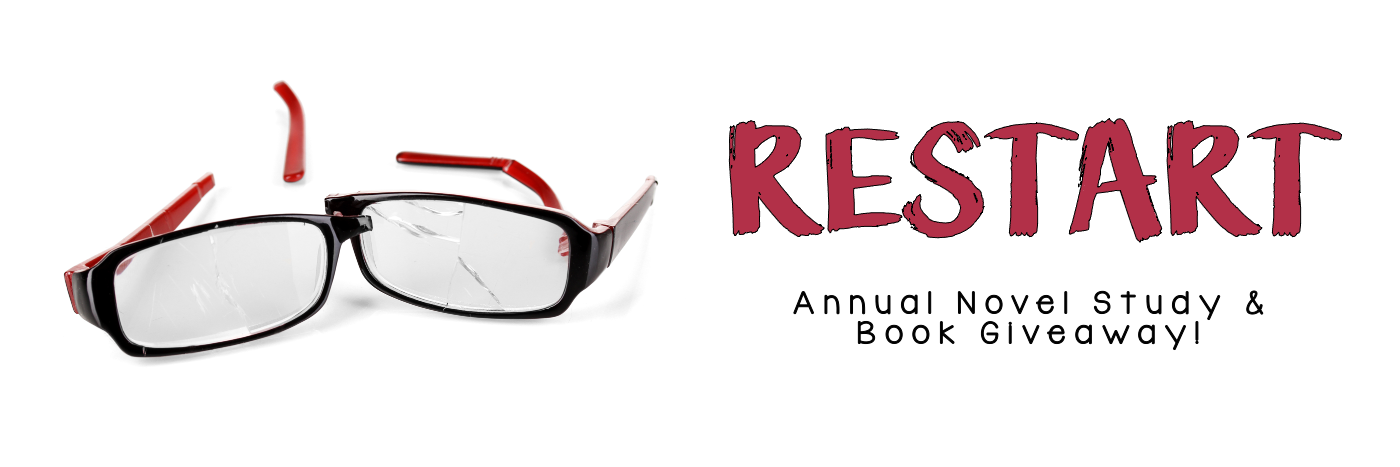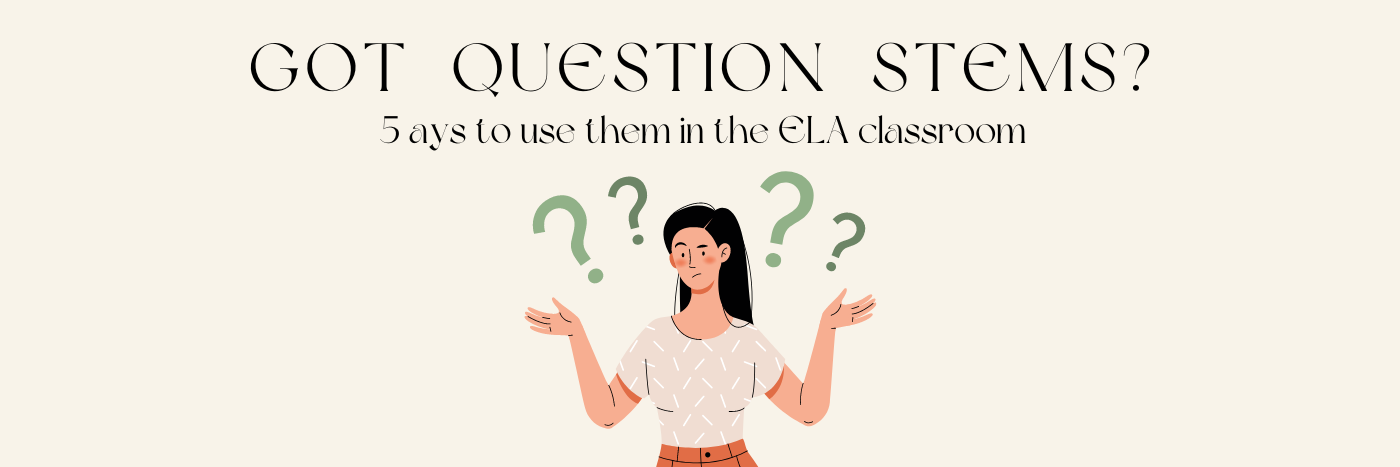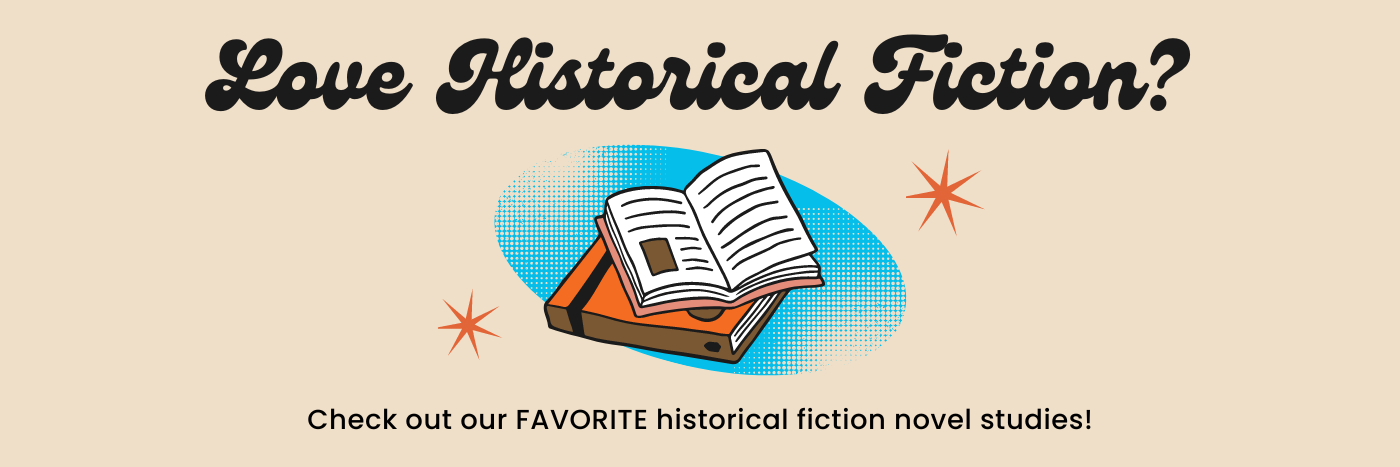
We Need Diverse Books
A Call for Inclusive Literature in the Classroom
You have power as a teacher. The novel selections you make will determine the perspectives students are exposed to. Perhaps more important, it is essential to consider that your selections also determine the perspectives students are not exposed to. Therefore, it is your responsibility as an educator to be mindful and offer a range. For this reason, I think often about the concept of windows and mirrors (CITATION). Students need to be exposed to books that not only reflect their own lives but also offer insight into the lives and experiences of others.
The middle grade genre is seeing a welcome increase in diverse authors and perspectives. Students from all backgrounds now have access to a much more expansive library of stories that reflect them. As a result, there are more options than ever before that offer meaningful opportunities to create windows and mirrors for your students. Your selections make it possible. This article is a call to get these books into the hands of our students. All students must read diverse and inclusive literature. You should choose a diverse set of authors because these #ownvoices novels are a beacon of hope and inspiration for young people.
New books shed light on new perspectives. Mainstays in literature have universal themes, yes, but the world has also changed in profound ways since many of them were written. Books in classrooms should reflect our times and our current understanding of history and society. Such a reading experience encourages students to formulate new ideas about history and society, build their capacity for empathy, and become more thoughtful and understanding in their approach to others. These fresh perspectives force readers to walk in another’s shoes, footsteps that are – unfortunately – often found in the margins of history, society, or both.
“If you only read the books that everyone else is reading, you can only think what everyone else is thinking.”
ELA curriculums have safely nestled classic novels, such as To Kill A Mockingbird, within their frameworks for decades, and they do have a place in classrooms. If we all read To Kill A Mockingbird, and let’s face it, we all probably will, we are all receiving the same message, digesting the same lessons, and internalizing the same societal and racial constructs the novel reinforces and imbues to its readers. But there are other, newer selections that can recast the way a student reads and interprets it. Adding those selections can make reading To Kill a Mockingbird even more powerful For instance, give students the opportunity to read Stamped: Racism, Antiracism, and You by Jason Reynolds and Ibram Kendi to counter Lee’s narrative and develop a more comprehensive understanding of how it still upholds stereotypes and perpetuates the history of hate behind its narrative. Lee’s story is worth reading but so is Reynold and Kendi’s. Taken together, they offer a profound window through which to see the country.
“Fiction reveals truths that reality obscures.”
Novels do indeed portray a particular view of the world. Therefore, is important to consider the messages conveyed. What truths do the novels we teach reveal? Are these truths as diverse and inclusive as our society? Diverse and inclusive novels illuminate perspectives that have been relegated to the margins too often not only in ELA classrooms but also society at large. Let’s bring these voices to the center. Your curriculum can be a first step in elevating the truths they speak. When we incorporate diverse perspectives into our curriculum, they can become vehicles to study history, society, and ourselves in a way that allows young people to see our world for what it truly is. I get that this can be scary because some of what will be seen is ugly. But that’s also the point. We all – young people included – need to deeply know, understand, and recognize the problems in order to effectively help address them.
“That’s the thing about books. They let you travel without moving your feet.” OR “No two persons ever read the same book.”
Giving students a clear, thorough understanding of their world transports them. They go beyond themselves and their immediate surroundings. Put diverse books in students’ hands and let them travel the world, journeying through time and space. Let them hear voices from a hundred years ago and voices from today. Let them learn about a small village in Pakistan or read about the LA riots in ‘92. This is a powerful pre-requisite for building empathy and knowledge. Each reader in your class will see something different, learn something unique, and formulate a different idea about the story. As they do, they will also be moved, not just in their mind but also their heart.
“Let us remember: One book, one pen, one child, and one teacher can change the world.”
Do you remember your book? The one that ignited a spark in you? The one that energized your thoughts and encouraged you to do something? Provide students with diverse literature and give them the opportunity to find that book that inspires them to write, to become an activist, to study history, to advocate for better working conditions, to protect the vulnerable, or contribute to society in myriad of ways. This is the step of helping students become a part of the solution. Books both reveal and inspire. Diverse literature can show just how unique contributions to a better world can be. Therefore, including diverse perspectives is – ultimately – not only important for creating windows and mirrors but also for framing problems and building solutions.
More Blog Posts
It’s time for the annual LIT Lessons Novel Study Giveaway! Year-over-year students grow and change, and those changes are often most pronounced when a new school year begins. It’s a fresh start and a restart. The message of Restart by Gordon Korman captures the spirit of new beginnings, evolving identity, and the universal experience of growing older.
Many ELA question stem resources provide vague sentence starters or surface level prompts to encourage students to engage with a text. Oftentimes, these resources lack true depth and rigor, which means students are not being adequately challenged to critically think about a text.
Middle grades historical fiction novels have come a long way from the books available ‘decades’ ago. In fact, this growing genre is now bursting with fantastic, inspiring, and insightful novels. It comes as no surprise that these books are finding their way into middle school ELA curricula…





